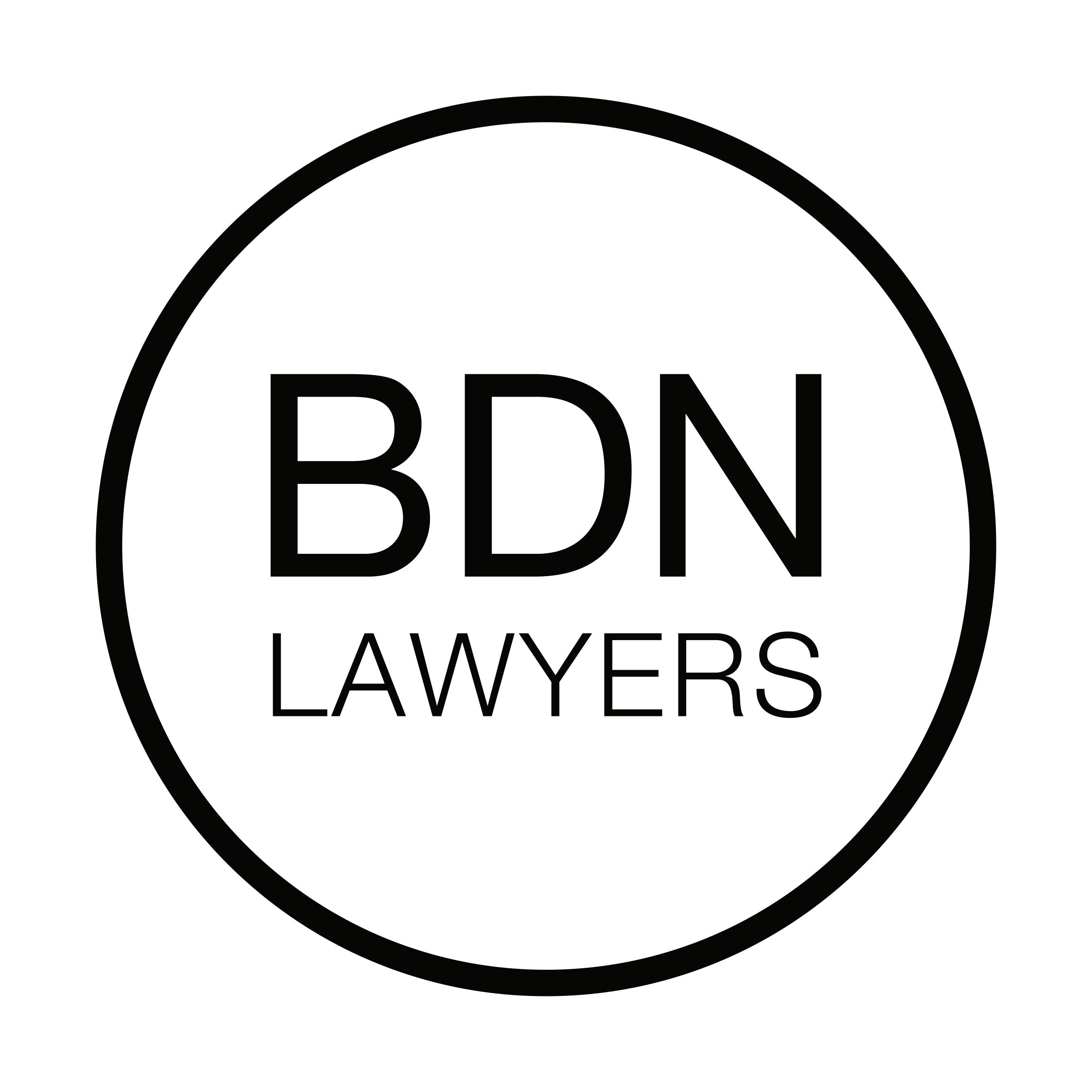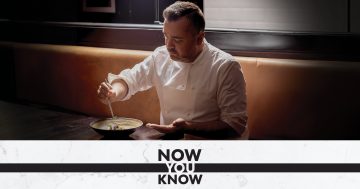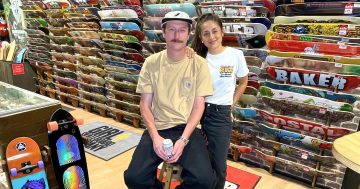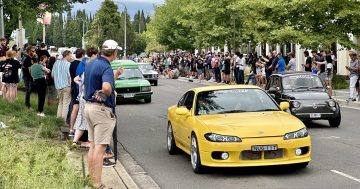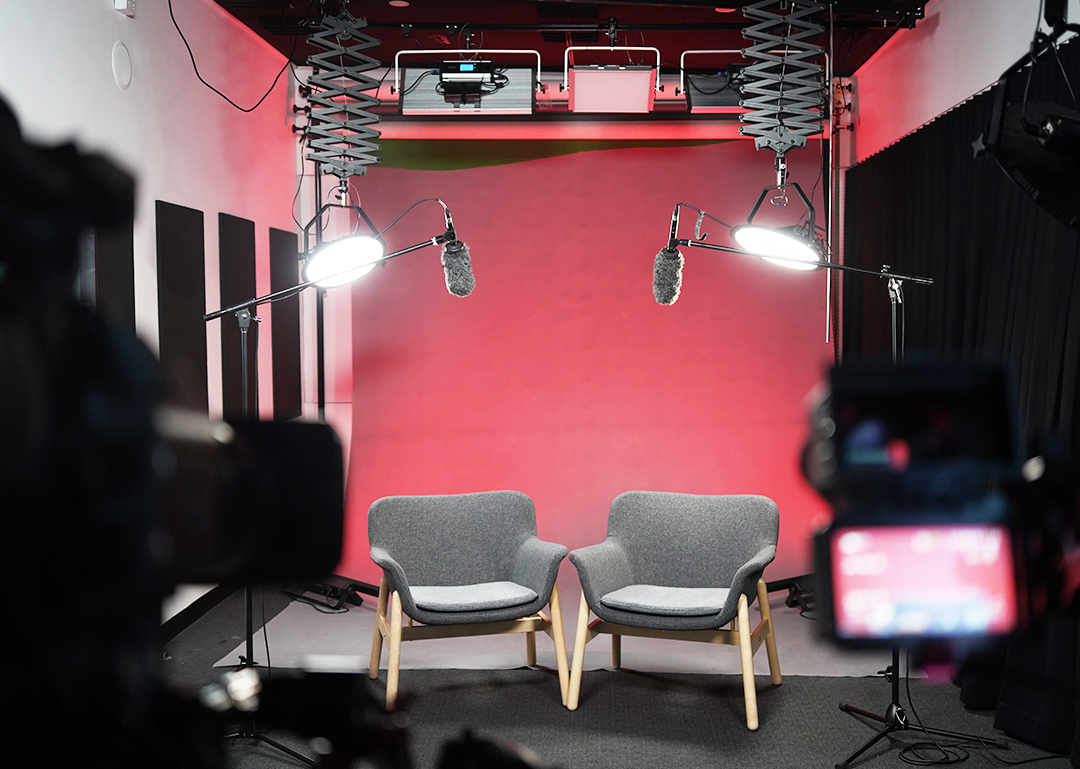
Tools of the trade – a professional TV recording set-up at Lonsdale St Studio B. Photo: Lonsdale St Studio.
As recently as a decade ago, professional audiovisual recording equipment was cost-prohibitive for amateur producers. But the rise of the “content generation” has fuelled a market of accessibly priced gear for would-be creators.
Much of it ends up on Facebook Marketplace, near-new and at a fraction of the retail price – and one expert says it has nothing to do with the equipment’s performance.
“People come up with an idea, then tend to go out and spend up on the best professional equipment money can buy before they realise the time and effort that goes into the production process. So that equipment gathers dust and ends up on Marketplace for a third of the price,” Lonsdale St Studio managing director Damien Maher says.
With three decades of experience in television with CNN, BBC and MTV, as well as running his own production company, Damien has seen the cost of television-quality cameras go from $100,000+ to a tenth of that.
“It used to be a major investment to set up in the video production space. Today, a Netflix-ready camera – one you can shoot a show Netflix would buy – will set you back about $8000. Factor in the rest of the gear and a professional camera kit would cost you $15,000,” he says.
“It’s still a lot of money, but much more affordable than it was only a few years ago.”
There’s now great relatively affordable gear for producing anything from podcasts to webinars, which gives consumers entry to the content creation market without the need to engage professionals.
For those wanting to dip their toe into podcasting, for instance, Damien recommends the Rodecaster Pro by Aussie company Rode. This podcasting mixer can accommodate up to four mics, is Bluetooth-enabled, connects to a laptop and integrates with just about any videoconference software.
“Essentially, it gives someone at home the power to create their own podcast featuring subject matter experts from around the world. They can bundle that up for about $2500,” Damien says.
“Rode also developed an add-on for live video streaming. That’s another $1000 and you can plug your camera in, press record and voila – your podcast is a steaming vodcast, which is great for YouTubers.”
But even the most expensive, cutting-edge equipment won’t create competitive content without a few other critical ingredients.
One of them is high-quality sound and pictures.
“Audiences today are accustomed to TV-quality picture and studio-quality sound and can easily tell the difference,” Damien says.
“Your microphone might be top of the line, but that won’t matter if you’re recording in your echoey lounge room with the garbage truck outside.
“High-quality sound is a very expensive undertaking. At Lonsdale Studio we started from scratch with the walls, using soundproofing and acoustic treatments. When you’re renting a studio space, you’re mostly paying for the acoustic treatment.”
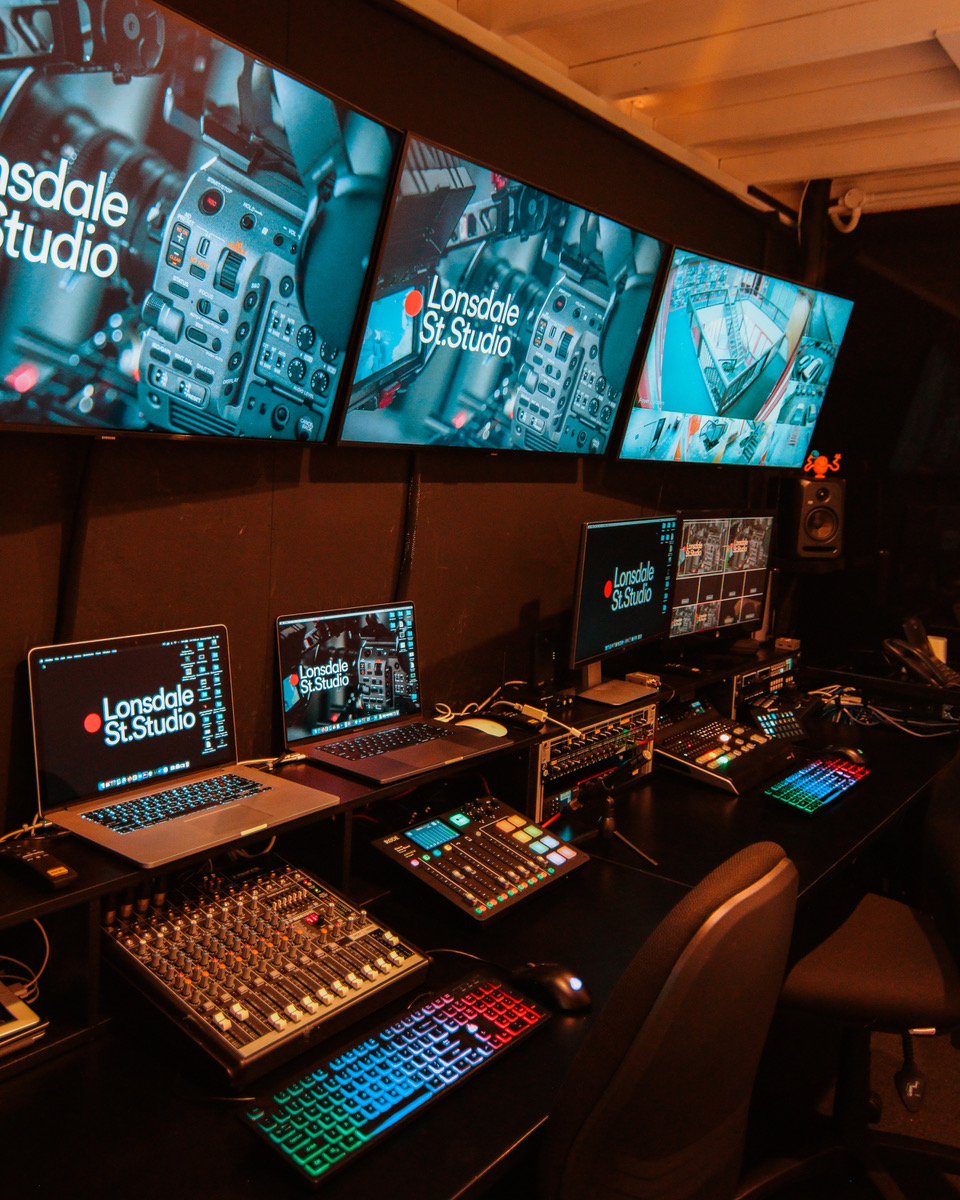
Lonsdale St Studio MCR (Master Control Room) – behind the scenes of a live webinar. Photo: Lonsdale St Studio.
But even nailing the picture and sound quality won’t matter if the content doesn’t speak to your audience.
According to Damien, this is where amateur creators see the greatest value in enlisting help from the pros.
“People who produce podcasts aren’t necessarily subject matter experts; the speakers audiences want to hear from. That’s what producers do – they know what makes good content, what people want to see and hear and how to get it,” he says.
“Then there’s the editing and mastering. Nobody wants to sit through an hour-long talkfest unless it’s really compelling – they want 20-minute episodes. That often means grinding hours of content down to the most engaging ideas, incorporating soundscapes and effects to create a rich narrative.”
With high-quality content in hand, the last piece in the puzzle is effective distribution.
Damien says this is often an afterthought – with consequences.
“How do you get your awesome, perfectly edited podcast onto platforms like Apple or Spotify where people consume that kind of content? Many creators don’t realise how technically difficult that process is to navigate until they’re up against it,” he says.
In a world flush with free high-quality content, creators have to work extra hard to bring each of these elements together to give consumers a reason to choose theirs.
Enter Lonsdale Street Studios – shortlisted for the Telstra Small Business of the Year award in 2022.
Driven by a team of broadcast industry professionals, Lonsdale St Studios produces broadcast-quality content and manages virtual events in its cutting-edge soundproof studios in the heart of Canberra city. Clients can also bring their own equipment and rent the studios.
Damien says with professional podcast recording space starting at $95 per hour for up to four people, it’s worth newcomers starting with a studio space and seeing if content creation is for them before taking the plunge into DIY.
“You’re better off learning from the production experience and before buying all the gear rather than the other way around,” he says.
It’s a bit harder to calculate the value of other benefits, such as professional reputation and peace of mind.
“If you’re a budding photographer trying to earn a reputation as a professional, it’s better for business growth to bring clients to a professional studio in the city, not your garage,” he says.
“And if you’re an organisation or government department wanting to host an important webinar, and the pressure is on, you want to have experts on hand. You don’t want technical issues hampering you, and you don’t want just another Teams meeting.”
For more information, visit Lonsdale Street Studio.
